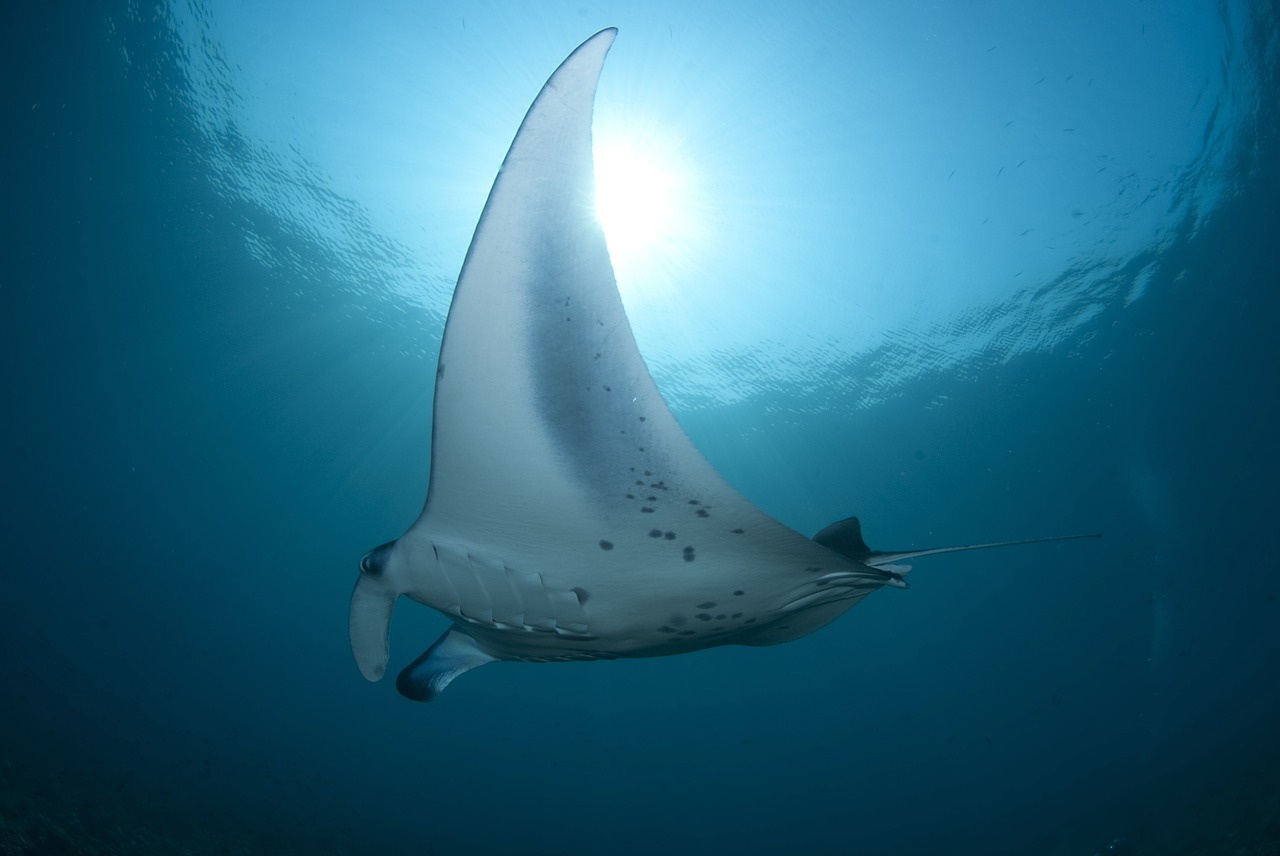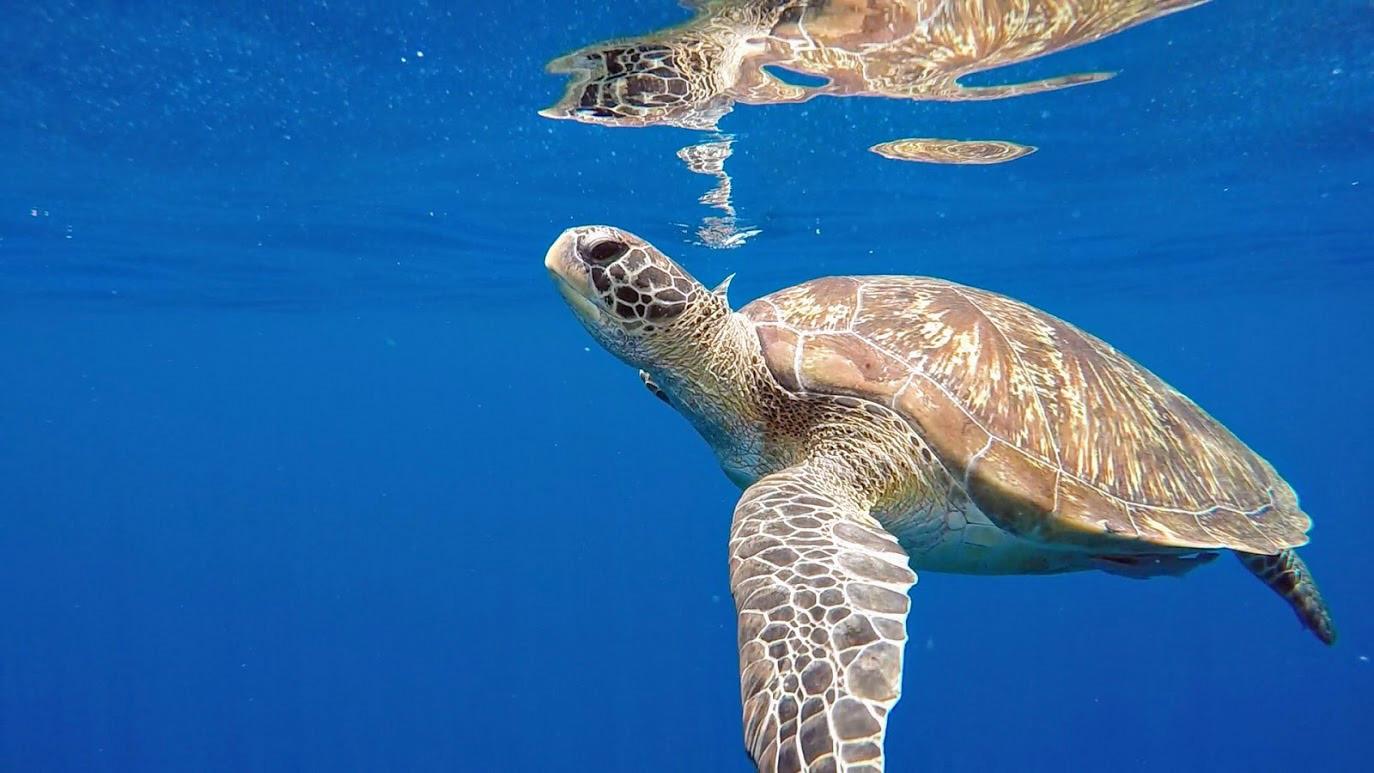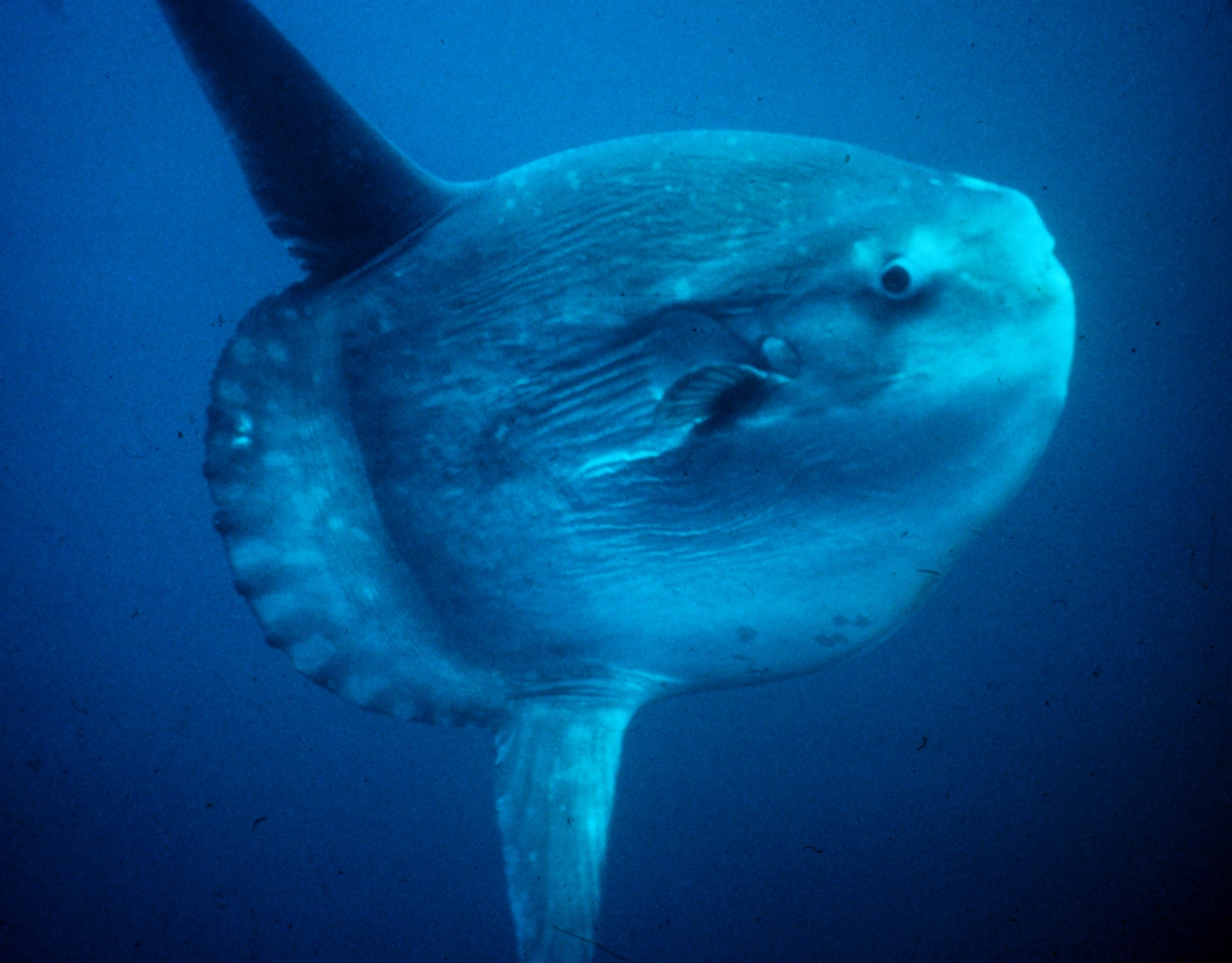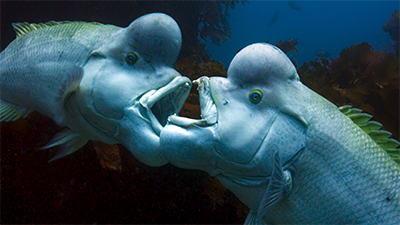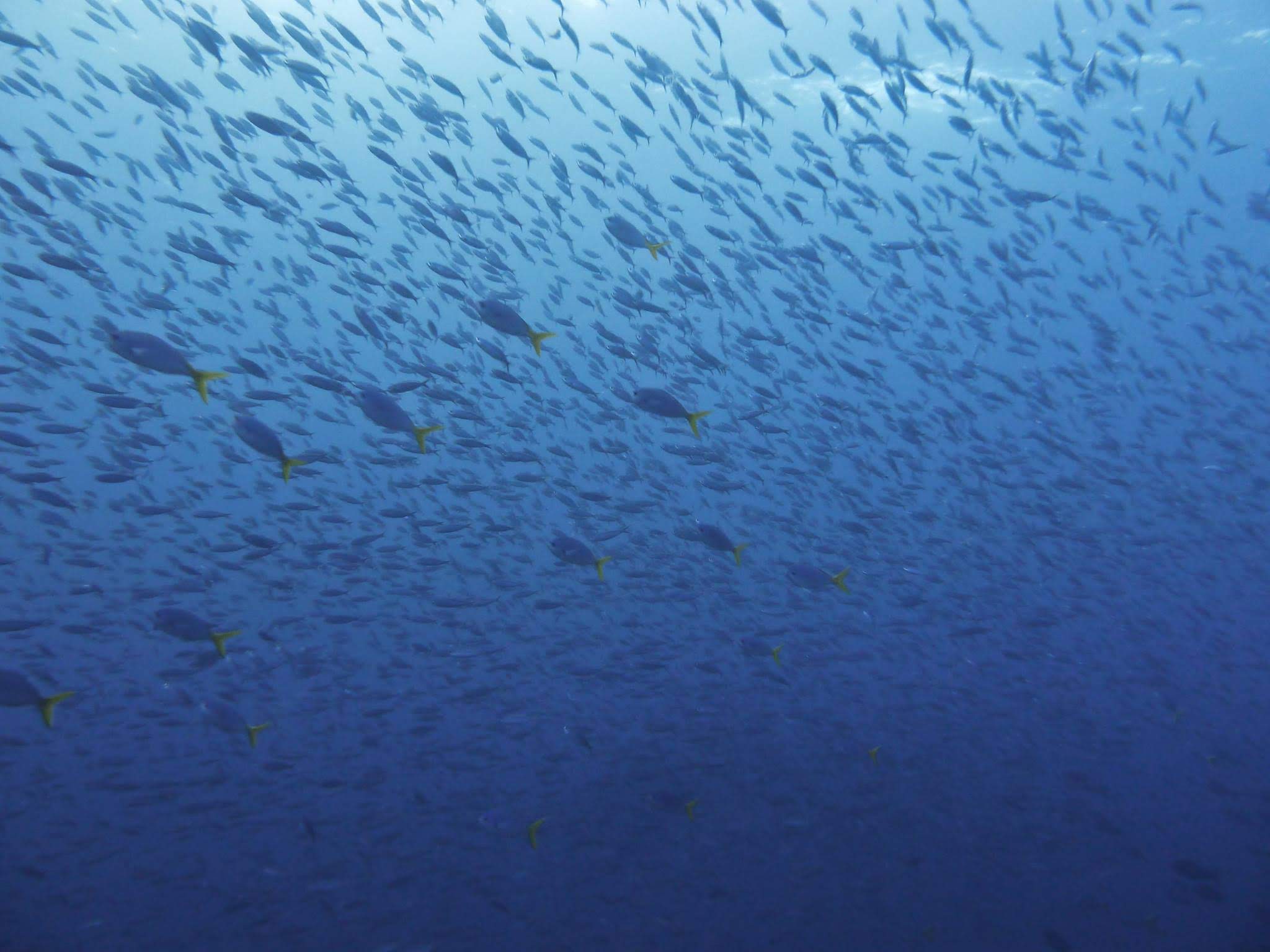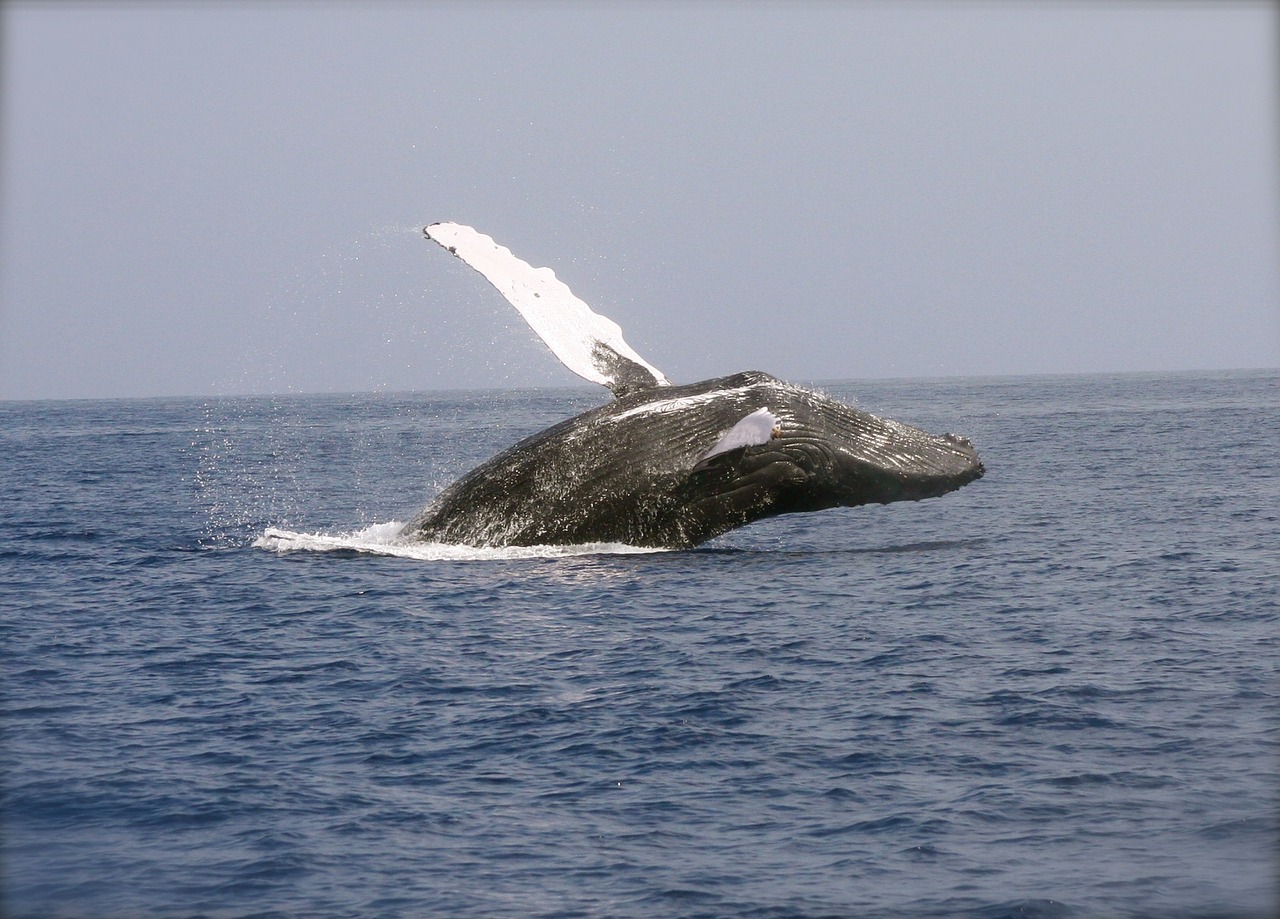MACRO DIVING, ODD AND RARE CRITTERS
KANTŌ AND CHŪBU : Japan's macro hotspot
For divers who like small, odd and rare critters, the Kantō and Chūbu areas offer Japan’s best macro diving, which is also very diverse, due to Japan’s blend of warm and cold water currents.
Interesting macro subjects are found everywhere in Japanese waters, and are a reliable highlight of many local shore dives.
Nudibranchs (sea-slugs) are very big in Japan, and a world-class selection can be found in Kantō especially at Jogashima or Hayama in Kanagawa Prefecture, Tōkyō Bay and the Nanpō islands.
There are many rare nudis, and less rare but still highly popular/photogenic ones such as the “Pikachu”or the “Shaun The Sheep” nudibranchs.
Tōkyō Bay (Miura peninsula, Kanagawa Pref.) also offers proper muck diving as well, with both silty and sandy areas.
The Nanpō archipelago’s Izu Islands, especially Izu Ōshima, Hachijō-jima and Kōzu-shima, are famous in Japan for their rich macro-life, rare nudibranchs and all the usual suspects but also the now famous Japanese pigmy seahorse (Hippocampus japapigu), along with the more classic pigmy seahorses (Hippocampus bargibanti,. h. colemani and h. pontohi), which are often spotted on the Izu and also in the Ogasawara Islands (Tōkyō Pref.).
Dive sites of the Chūbu region also offer world-class assortment of nudibranchs, especially during the winter months in Shizuoka Prefecture’s Osezaki (that has both sandy and mucky silty sea floors) and on other sites around the Izu Peninsula, where it is said that an experienced guide will sometimes spot more than 30 different types in a single dive…
Kantō and Chūbu’s main macro highlights include:
Seahorses including Shiho’s seahorse / painted seahorse (Hippocampus sindonis), the Great seahorse or Kellogg’s seahorse (Hippocampus kelloggi), Piny seahorse or thorny seahorse (Hippocampus histrix), flat-faced seahorse/ longnose seahorse (Hippocampus trimaculatus)
Pigmy seahorses (Hippocampus bargibanti, h. colemani and h. pontohi and also recently identified h. japapigu) in Kantō’s Nanpō islands (Izu, Ogasawara) or in Chūbu’s Izu Peninsula / Osezaki bay
Various pipefish, pigmy pipefish and ornate ghost pipefish (Solenostomus paradoxus) and the robust ghost pipefish (Solenostomus cyanopterus), goggle-eye pipefish (Trachyrhamphus serratus), Honshu pipefish (Doryrhamphus japonicus)
Various squid and pigmy squid, including the bobtail squid (Sepiolida and especially Sepiola biostrata), deep water juveniles like the glass squid (Cranchia scabra), diamond squid (Thysanoteuthis rhombus)
Rare octopuses like the sandbird octopus (Octopus kagoshimensis)
Rare cuttlefish including the world’s smallest, the Japanese pygmy cuttlefish (Idiosepius paradoxus)
Rare and odd-looking frogfish/anglerfish (Antennariidae), like the psychedelic frogfish (Histiophryne sp.1) painted frogfish (Antennarius pictus), striated Frogfish (Vanderhorstia mertensi) especially in Kantō’s Ishibashi or Hayama (Kanagawa Pref.) and in Chūbu’s Osezaki (Shizuoka Pref.)
Rhinopias, including magnificient purple specimens of Goose scorpionfish, Weedy scorpionfish (Rhinopias frondosa), rarer lionfish such as shortfin turkeyfish or dwarf lionfish (Dendrochirus brachypterus), leaf scorpion fish (Taenianotus triacanthus), seamoths (Pegasidae), devilfish (Inimicus) and other weird, photogenic critters
Rare eels, including endemic morays, ribbon eels (Rhinomuraena quaesita), snake eels…
Crabs, including spider crabs (Macrocheira kaempferi ), the zebra crab (Zebrida adamsii) decorator crabs…
Shrimps, including the highly photogenic harlequin shrimp (Hymenocera picta) and imperial shrimp (Periclemenes imperator/ Zenopontonia rex), saw blade shrimp, the Hakusen Akahoshi Kakure shrimp (Ancylomenes kobayashii), wire coral shrimp (Pontonides sp.), togarimo shrimp (Tozeuma Stimpson Sp) the ayatori Kakure shrimp. (Izucaris masudai), the ornate anemone shrimp (Actinimenes ornatus) or skeleton shrimps
Gobies, including the redeye goby (Bryaninops natans) orange-striped shrimp-goby (Stonogobiops yasha) yellownose prawn-goby (Stonogobiops xanthorhinica), or the brown pigmy goby (Trimma yanagitai)
Note: gobies are very popular in Japan, and recently abdicated Emperor Akihito, a keen ichthyologist, has published 30 scientific papers on gobies, and even has one named after him.
Rare blennies, jawfish and other sand-dwellers, including the ring eye jawfish (Opistognathus sp.1) zebra barred dartfish (Ptereleotris zebra) and blackfin dartfish (Ptereleotris evides)
Rare photogenic fish like the mandarin fish (Synchiropus splendidus) or the elegant firefish (Nemateleotris decora) or the longnose hawkfish (Oxycirrhites typus), which is highlighy popular with Japanese divers though quite common in certain areas of the world, and deep water fish / larval juveniles spotted on night dives in deep water sites like Osezaki, or black water dives in Toyama.
Lumpsuckers (Cyclopteridae) and Lumpfish like the odd-looking Lethotremus awae, seen in winter in Kantō’s Iwa or Enoshima in Kanagawa Pref., a real favourite of Japanese divers…
In Chūbu, the Namerikawa area on the sea of Japan, also offers the chance to spot rarities such as the smooth lumpsucker (Aptocyclus ventricosus) in the cold January-February months,
The areas also offer rare and singular jellyfish and anemones.
MACRO HIGHLIGHTS IN OTHER REGIONS
HOKKAIDŌ
Sea angels (Clione limacine), also known as Clione or Ice fairies, are small (= cute!) translucent sea slugs, basically free-swimming jellyfish hovering under the ice floats by flapping their wings. They are mostly spotted between January and March in Hokkaidō’s Shiretoko Peninsula.
The smooth lumpfish/lumpsucker (Aptocyclus ventricosus) is cute (?) or at least quite odd-looking, and can be spotted, along with other small Cyclopteridae in the winter months in Hokkaidō
The Red king crab or Kamchatka crab, (Paralithodes camtschaticus) can be encountered in certain areas of Hokkaidō.
TŌHOKU
The Tōhoku region offers good macro especially in Miyagi Prefecture’s Onagawa area and also the chance to dive with various deep-water creatures coming from the north, which are often spotted in the spring months in the Shonai area (Yamagata Pref.).
The weird looking smooth lumpsucker (Aptocyclus ventricosus), also found in Hokkaidō, can also be spotted in the early summer months around the Oga Peninsula (Akita Pref.) and between January to March on Sado Island (Niigata Pref.).
And the grunt sculpin or Grunt-fish (Rhamphocottus richardsonii), another definitely odd-looking critter, is one of the macro highlights of the area. It can be spotted in Japan at the Shizukawa port and Onagawa Takeura (Miyagi Pref.), and, more rarely, in Hokkaidō in winter, which is said to be the only places where they are found on this side of the Pacific.
For jellyfish lovers, the giant Nomura’s jellyfish (Nemopilema nomurai) is often found in the autumn months in Shonai (Yamagata Pref.).
KANSAI
Kansai’s macro highlights include frogfish, nudibranchs, seahorses and gobies
CHŪGOKU
The Chūgoku region offers good macro diving, especially on sites said to have nutrient-rich waters like Murotsu on the Seto Inland Sea, which also offers chance to see deep-water critters and plankton on Ōmi Island’s famous night dives.
SHIKOKU
The Shikoku island region also offers good macro diving options, with over 100 types of nudibranchs recorded in the area, as well as various juveniles, frogfish, rare gobies or seahorses, especially on sites like Akehama (Ehime Pref.), Uguru and Kashiwa islands (Kōchi Pref.).
The small island of Kashiwa (Kōchi Pref.) is itself famous for its biodiversity, macro life and coral reefs, and has over 10 dive operators on its 4 km², catering mostly to macro diving enthusiasts and underwater photographers.
KYŪSHŪ
The Kyūshū region offer very good macro diving with gobies and blennies, jawfish, and many species of nudibranchs and seahorses, along with the occasional spotting of pigmy seahorses at Yakushima’s Nagata and Otsuse sites.
Miyazaki Prefecture’s Nobeoka area is famous for its great variety of frogfish, and Kagoshima’s Sakurajima area offers solid macro life, including anthias normally seen in much deeper water.
OKINAWA
The Okinawa region also offers a great variety of warm water macro critters and rare colourful fish, similar to those found further south in South-East Asia, especially in the Yaeyama or Kerama Islands.
Interesting critters comonly spotted include:
Nudibranchs (especially Okinawa Main island’s mucky sites like Kinwan Bay)
Frogfish/anglerfish
Bobtail squid
Flamboyant cuttlefish
Mandarin fish
Elegant firefish,
Electric clams (Ctenoides ales)
Leaf scorpionfish and other rare scorpionfish
Crabs and shrimps (including the photogenic emperor shrimp)
Ribbon eels
Jawfish
Pigmy seahorses (Hippocampus bargibanti,. h. colemani and h. pontohi)
Pipehorses, various pipefish and ghost pipefish

